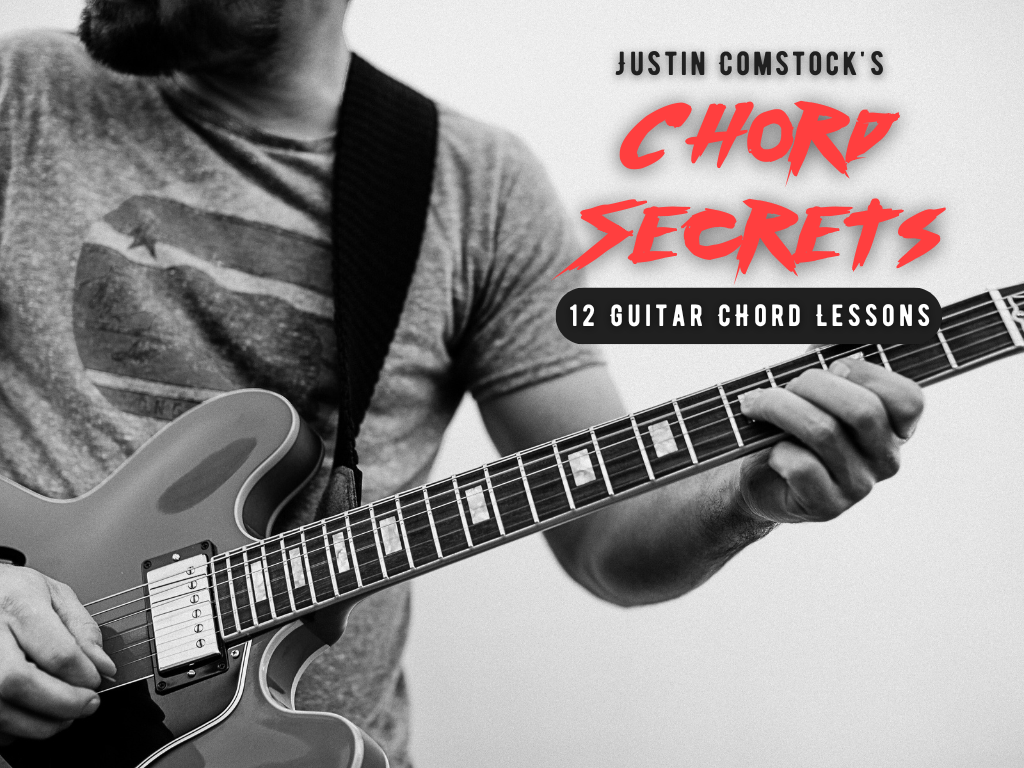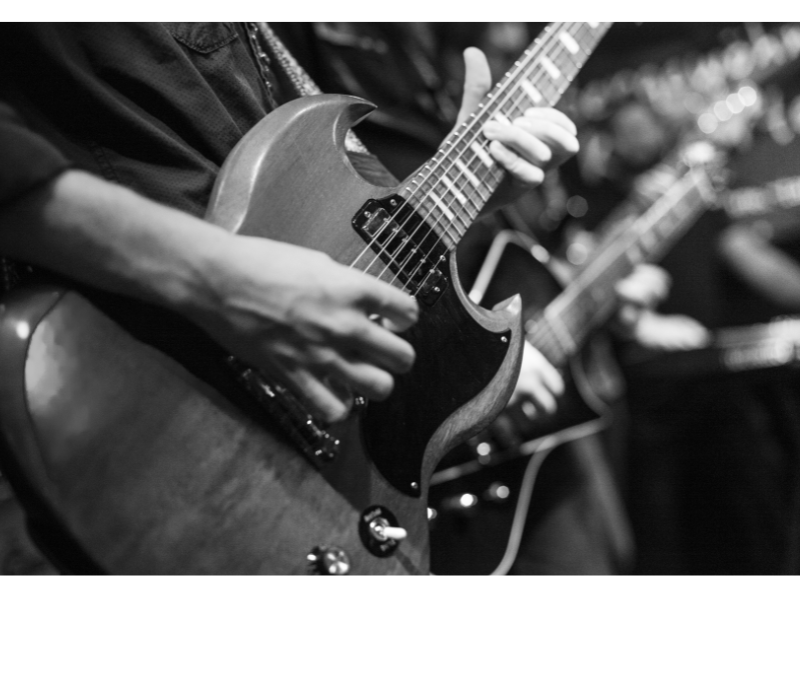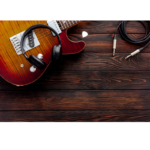Introduction:
In the realm of rock music, there exists a powerful tool in the guitarist’s arsenal known as the power chord. With its raw energy and versatility, the power chord has been the driving force behind countless iconic riffs and anthems. Whether you’re a novice strummer or a seasoned shredder, understanding and mastering power chords can elevate your guitar playing to new heights. In this guide, we’ll delve into the essence of power chords, how to use them effectively, strategies for practice, and explore some classic rock songs that showcase their potency.
Understanding Power Chords:
At its core, a power chord is a stripped-down version of a full chord, consisting of just the root note and the fifth interval. This simplicity is what gives power chords their distinctive sound and makes them so adaptable to various musical styles, particularly in rock and punk genres. Unlike major or minor chords, power chords lack the third interval, which means they’re neither major nor minor, lending them a neutral quality that makes them easy to incorporate into a wide range of musical contexts.
How to Play:
To play a power chord, you’ll typically use just two or three fingers, depending on whether you want to include the octave note. Here’s a basic breakdown:
- Start by placing your index finger on the root note of the chord, which is usually on one of the lower strings of the guitar neck.
- Next, place your ring finger (and optionally your pinky) on the string(s) two frets higher than the root note. This will be the fifth interval.
- If you choose to include the octave note, simply add your pinky on the string one fret higher than your ring finger.
- Strum the strings that your fingers are pressing down on, focusing on keeping the sound clear and consistent.
Using Power Chords:
The beauty of power chords lies in their usability. They can be employed in various ways to create driving rhythms, catchy hooks, or aggressive leads. Here are some common techniques for using power chords:
- Rhythmic Chugging: By rapidly strumming power chords in succession, you can create a pulsating rhythm that forms the backbone of many rock songs.
- Palm Muting: Applying light pressure with the palm of your strumming hand near the bridge of the guitar can produce a muted, percussive sound when playing power chords, adding dynamics and depth to your playing.
- Single Note Riffs: Power chords can also be used to play single-note melodies or riffs, allowing you to create memorable hooks and leads.
- Layering and Harmonizing: Experiment with layering multiple power chords or harmonizing them with other instruments to add richness and complexity to your sound.
Practicing Power Chords:
As with any musical skill, consistent practice is key to mastering power chords. Here are some tips to help you hone your technique:
- Start Slow: Begin by practicing simple power chord progressions at a comfortable tempo, focusing on accuracy and clarity.
- Use a Metronome: Practicing with a metronome can help improve your timing and rhythm, ensuring that your power chord playing remains tight and precise.
- Gradually Increase Difficulty: As you become more comfortable with basic power chord shapes, challenge yourself by incorporating different chord voicings, string skipping, or syncopated rhythms.
- Learn Songs: One of the most enjoyable ways to practice power chords is by learning songs that feature them prominently. Classic rock anthems like “Smoke on the Water” by Deep Purple, “Iron Man” by Black Sabbath, and “Smells Like Teen Spirit” by Nirvana are excellent examples to start with.
Classic Rock Songs:
Power chords have been a staple of classic rock music since its inception, serving as the foundation for some of the genre’s most iconic songs. Here are a few classics that prominently feature power chords:
- “Smoke on the Water” – Deep Purple: This legendary riff, based on a simple power chord progression, is one of the most recognizable in rock history.
- “Iron Man” – Black Sabbath: Tony Iommi’s heavy, riff-driven masterpiece is built around menacing power chord sequences that epitomize the essence of heavy metal.
- “Smells Like Teen Spirit” – Nirvana: Kurt Cobain’s grunge anthem is fueled by a relentless barrage of power chords, capturing the angst and energy of the ’90s alternative rock scene.
Conclusion:
Mastering power chords is requisite for all guitar players . With their simplicity, versatility, and raw power, power chords have left an indelible mark on the landscape of rock music, serving as the foundation for countless iconic riffs and anthems. By understanding how to use them effectively and practicing diligently, you can harness the full potential of power chords and take your guitar playing to electrifying new heights. So, grab your guitar, crank up the amp, and let the power chords ring out!

Download The FretDeck & Chord Secrets Course!
Download Course










